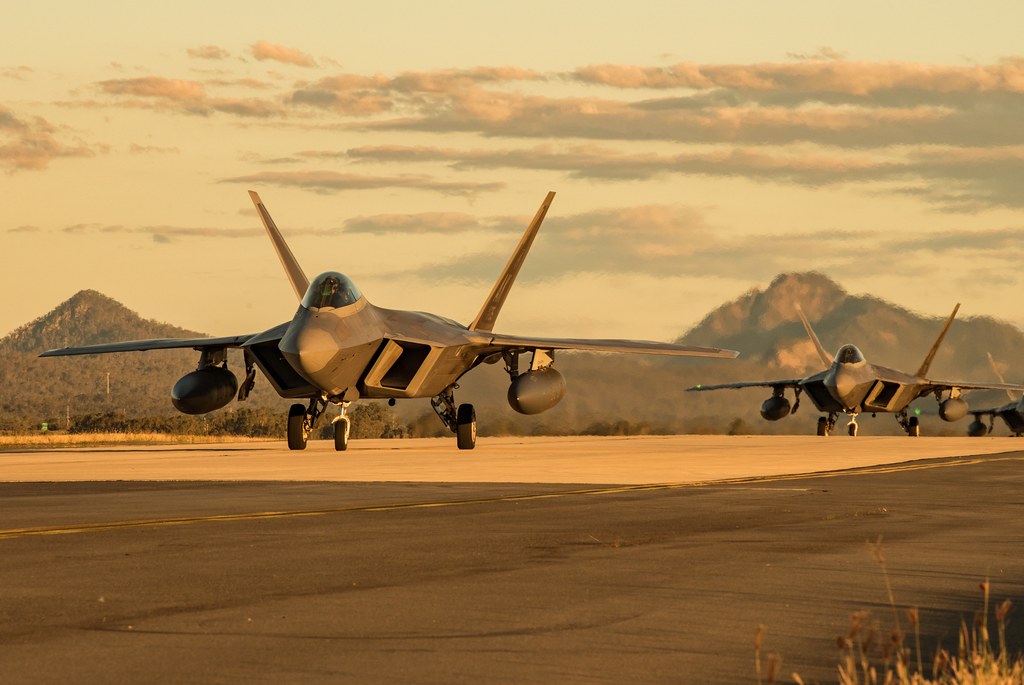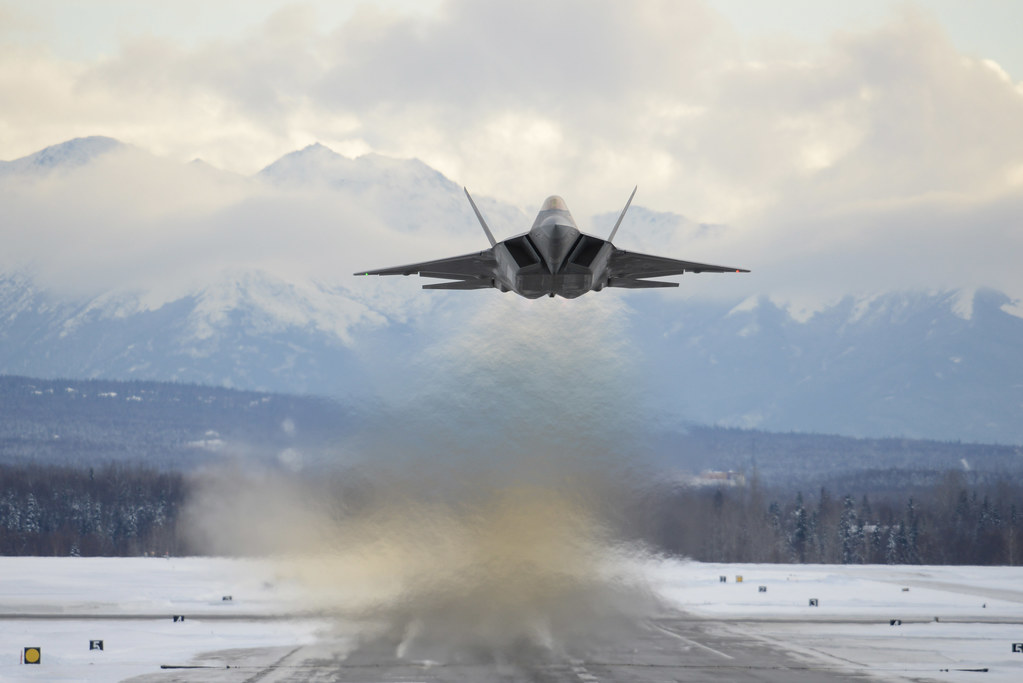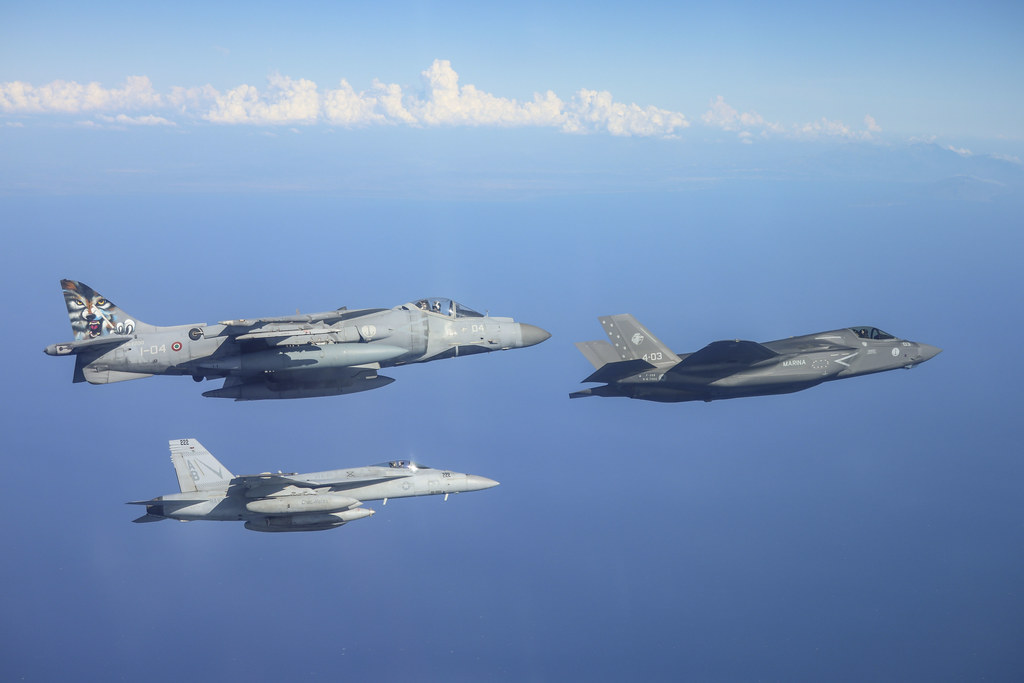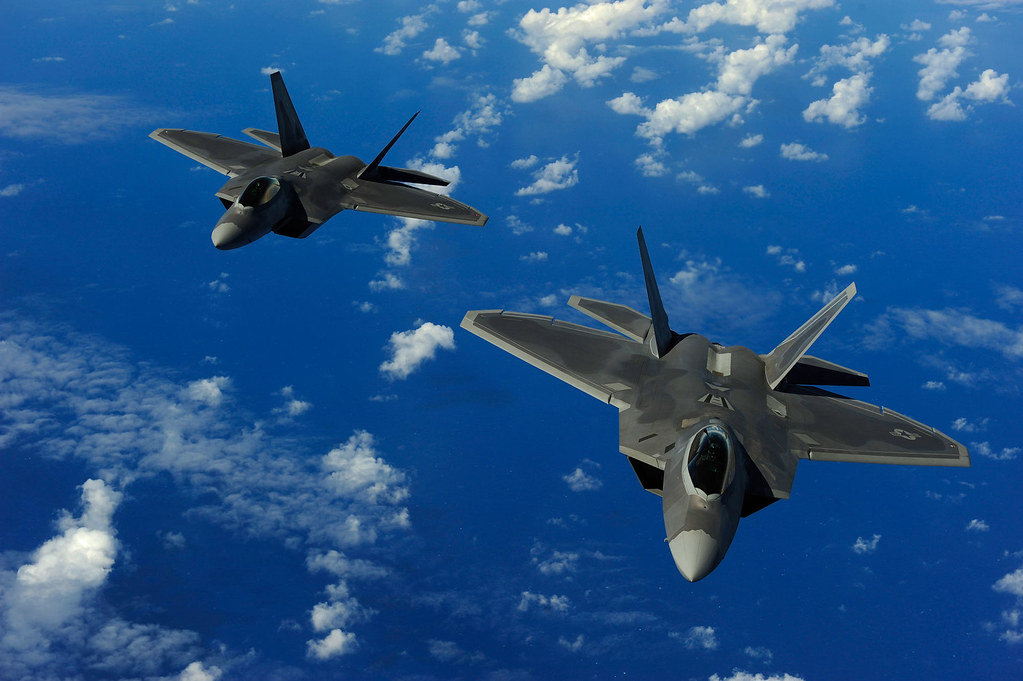
In a testament to the evolving strategies of the United States Air Force, F-22 Raptors, alongside a fleet of diverse aircraft, have executed a rigorous exercise known as Agile Reaper across the expansive Indo-Pacific region.

From April 10-16, the 3rd Air Expeditionary Wing from Joint Base Elmendorf-Richardson, Alaska, spearheaded simulated combat situations under challenging conditions in a demonstration of the service’s growing emphasis on Agile Combat Employment (ACE).

This training, designed to enhance the U.S. military’s strategic flexibility, comes in the wake of the F-22’s potent history as a stealthy, air dominance fighter that first took to the skies in 1990 and has since been pivotal in full-spectrum operations.

The latest show of readiness included 800 Airmen and 29 aircraft across five disparate locations: Andersen Air Force Base, Guam, as the hub with Saipan, Tinian, the Japanese island of Iwo To, and Andersen’s Northwest Field serving as spokes.

The exercise put to test the concept of dispersing forces to operate from austere bases with scant resources. Lt. Col. Logan Sutton, 535th Airlift Squadron commander, articulated the objective: “The goal is to develop resilient warfighters who are confident in their ability to execute using mission-type orders, generate airlift sorties in a contested environment with limited resources, and grow together as a diverse team while gaining familiarity with other career fields.”

Moreover, the Raptors’ presence in the region underscores their integral role in the U.S. Air Force’s Indo/Asia-Pacific strategy.

The Raptor, which recently upgraded its capabilities with Increment 3.2B software, including high-resolution ground mapping and advanced missile systems, is a cornerstone of the U.S. military’s commitment to maintaining air superiority in the region.

The robust coordination of this year’s training and its classification as the Air Force Force Generation certification—per Col. Kevin Jamieson—serves to “test the limits of what a cohesive 3rd AEW is capable of in a combat-representative environment.”

On a parallel note, reinforcing the operational versatility of these warbirds, another significant milestone was achieved earlier on March 8-9.

The Total-Force weapons specialists from 154th and 15th Wings successfully rearmed F-22 Raptors at the Pacific Missile Range Facility, marking an enhancement in ACE capabilities.

This operation was an essential component of the larger Joint Base Readiness Exercise, showcasing the ability of Airmen to execute rapid deployment and armament under remote and austere conditions—a critical element in projecting combat power anywhere, anytime.

Staff Sgt. Steve Tanaleon reflected on the significance of this achievement: “This is a big deal for all of us. Especially for part-timers like myself, we do most of our training on the weekend. But this joint operation thrusted us into these positions of high responsibility and limited resources, proving that we can always get the job done.”

These exercises not only validate the F-22’s unwavering role as a linchpin of aerial combat but also underline the importance of readiness and adaptability in the face of potential geopolitical tensions in the Pacific region.

The Raptor’s extensive enhancements and operational milestones emphasize the U.S. Air Force’s proactive stance on ensuring sustained dominance in the skies, while simultaneously preparing for the next generation of air combat with the forthcoming NGAD fighter in the 2030s.

As the geopolitical chessboard of the Pacific commands attention, the prowess demonstrated by the F-22 and its Airmen during Agile Reaper and JBRE 23-1 exercises project an unequivocal message: the U.S. is refining its combat readiness, ensuring that it remains a formidable force ready to tackle emerging threats in this vast and strategic theatre.

